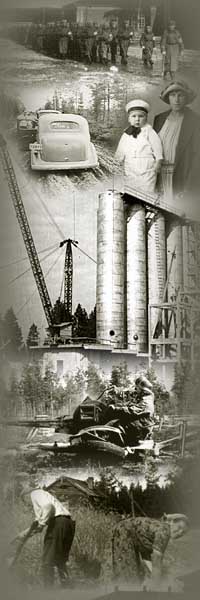 |
 |
|
Summary:
Matti Leiviskä, Toponymy as a Source for the Settlement History of Siikajoki River Valley
The article discusses the settlement history of Siikajoki River Valley
in Northern Ostrobothnia until the mid-17th century. The main source
materials for the study were the oldest remaining document sources and
names, such as personal names and names of places, which have been
compared with the corresponding materials in the whole of Finland. The
study provides a more detailed picture of the earlier settlement
history of the Siikajoki River Valley, its stages in various regions in
the area and the origins of the settlement. The study changes the
earlier understanding of the settlement history of the area. The oldest
onomastic stratum in the area – and correspondingly the oldest
settlement stratum – was found to be in Häme and upper
Satakunta. Particularly at the estuary of the river, this stratum can
be dated as extremely old, established before the year 1000. At the
headwater of the river, the Sámi onomastic stratum may be older
than that; this discovery consolidates the theory of Sámi
settlement in the surroundings of Oulujärvi in the Middle Ages.
Karelian settlement, which according to the nomenclature spread
everywhere all the way to the estuary with the exception of the middle
portion of the river in the current Rantsila region (the nomenclature
of which is wholly Western Finnish), seems to be somewhat younger than
the Western Finnish habitation. Contrary to the results of earlier
research, the influence of lower Satakunta and Southwest Finland, which
was considered strong, seems to have been fairly weak in the region.
Likewise, settlement activities from Savonia seem to have been less
extensive than previously thought, since it reached only up to the
villages closest to the source of the river. Elsewhere in the river
valley, Karelian settlement was stronger than Savonian in the 1500s. On
the other hand, the internal migration in the river valley from the
coastal areas inland was stronger than previously thought.
Takaisin
Studia Historica Septentrionalia 75
|
 |